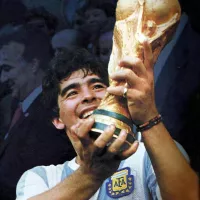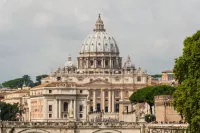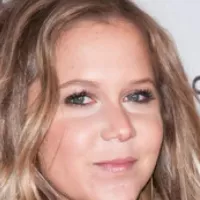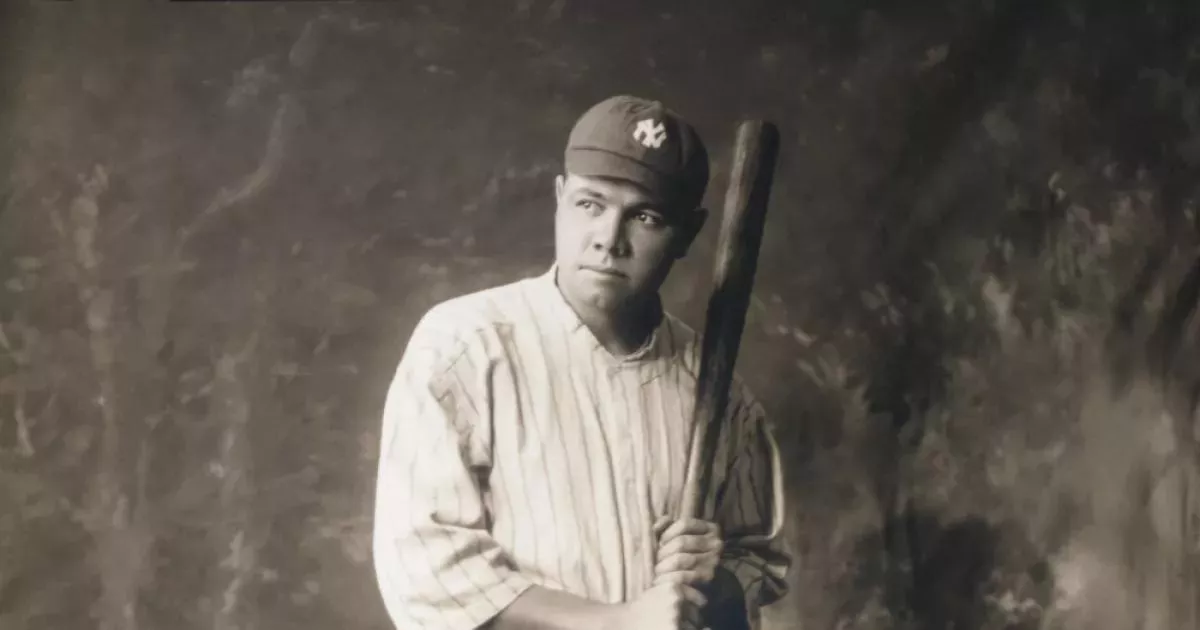How education and upbringing influenced the life of Babe Ruth. A timeline of key moments.
Babe Ruth, nicknamed "the Bambino" and "the Sultan of Swat," was a legendary American baseball player whose MLB career spanned from 1914 to 1935. Initially a star left-handed pitcher for the Boston Red Sox, he rose to prominence as a slugging outfielder for the New York Yankees. Ruth is widely regarded as one of the greatest sports heroes in American culture and is considered by many to be the greatest baseball player of all time. He was elected to the Baseball Hall of Fame in 1936 as one of its inaugural members.
September 1917: Conscription Introduced
In September 1917, conscription was introduced in the United States due to World War I, affecting baseball players and leading to changes in team management.
1919: My Lady Friends Play Opening
In 1919 the play "My Lady Friends" produced by Frazee opened, which was later used as the basis for the musical No, No, Nanette.
August 1920: Death of Ray Chapman
In August 1920, Ray Chapman died after being struck by a pitched ball, leading to changes in baseball rules and practices.
August 1922: Barnstorming Rule Changed
In August 1922, the rule prohibiting World Series participants from playing in exhibition games was changed to allow limited barnstorming with the commissioner's permission.
1922: Giants Decline to Renew Yankees' Lease
In 1922, Giants owner Charles Stoneham announced that the Yankees' lease at the Polo Grounds would not be renewed after that season.
1925: Ruth Works Out to Regain Shape
During the offseason of 1925-26, Babe Ruth worked out at Artie McGovern's gym in an effort to get back into shape. The Yankees, rebuilt with young players like Tony Lazzeri and Lou Gehrig, were not expected to win the pennant.
1925: Ruth's Illness and Poor Performance
In early 1925, Babe Ruth's health deteriorated significantly, leading to his worst season as a Yankee, playing just 98 games. After carousing in Hot Springs, Arkansas, and collapsing in Asheville, North Carolina, he was hospitalized in New York. Although the exact cause of his ailment has never been confirmed, he played only 98 games, finished the season with a .290 average and 25 home runs. The Yankees finished next to last in the AL with a 69–85 record.
1926: Ruth's Promise to Johnny Sylvester
During the 1926 World Series, Babe Ruth promised Johnny Sylvester, a hospitalized 11-year-old boy, that he would hit a home run for him, and he delivered on that promise. Ruth's salary of $52,000 was far more than any other baseball player, but he made at least twice as much in other income, including $100,000 from vaudeville.
1927: Members of the 1927 Yankees
On July 4, 1939, members of the 1927 Yankees were present to honor Lou Gehrig.
1929: Yankees Finish Second, Huggins Dies
In 1929, despite Ruth's strong performance, the Yankees finished second to the Athletics. Manager Huggins died on September 25th, succumbing to erysipelas.
1929: Yankees Adopt Uniform Numbers
In 1929, the Yankees began wearing uniform numbers to help fans identify players, with Babe Ruth wearing number 3. The Yankees adopted their now-iconic pinstriped uniforms in hopes of making Ruth look slimmer, they had been wearing pinstripes since 1915.
January 7, 1930: Salary Negotiations Breakdown
On January 7, 1930, salary negotiations between Babe Ruth and the Yankees broke down when Ruth rejected the Yankees' offers and demanded $85,000 over three years, eventually settling for $80,000 annually.
June 1933: Golf with Lyn Lary
In June 1933, Babe Ruth played golf at Rye Golf Club with teammate Lyn Lary, posting the best score.
1934: Barnstorming tour and Cricket
During the 1934-35 offseason, Babe Ruth went on a barnstorming tour of the Far East with his wife. In the United Kingdom in 1934, he was introduced to cricket but lost interest when he learned of the low pay.
July 4, 1939: Lou Gehrig Appreciation Day
On July 4, 1939, Babe Ruth spoke at Lou Gehrig Appreciation Day at Yankee Stadium.
Mentioned in this timeline

Donald John Trump is an American politician media personality and...

Muhammad Ali nicknamed The Greatest was an iconic American professional...

Elvis Presley the King of Rock and Roll was a...

Diego Maradona was an Argentine professional football player and manager...

The Catholic Church the largest Christian church globally with over...

Lou Gehrig nicknamed the Iron Horse was a legendary New...
Trending
Rowan Sebastian Atkinson is a highly successful English actor comedian and writer He rose to prominence through his work on...

7 months ago Amy Schumer Trolls Hilaria Baldwin Again, Recreating Viral Photos After Memoir Slam

2 months ago Ben Stiller Opens Up About Feeling Like a Failure During Separation From Wife

8 months ago Zeev Buium aims for NCAA championship, potentially joining the Wild like Faber.

14 days ago Ryan Seacrest's Impressive Workout: Biceps Bulge Surprises Fans After Hollywood Exit

1 month ago Jeremy Renner faces accusations of ICE threat and misconduct controversy in Hollywood.
Popular

Candace Owens is an American conservative political commentator and author...

Ilhan Omar is an American politician currently serving as the...

XXXTentacion born Jahseh Dwayne Ricardo Onfroy was a controversial yet...

Tom Cotton is an American politician and Army veteran currently...
Matt and Ross Duffer known as the Duffer Brothers are...
The Kennedy Center Honors are annual awards recognizing individuals and...
